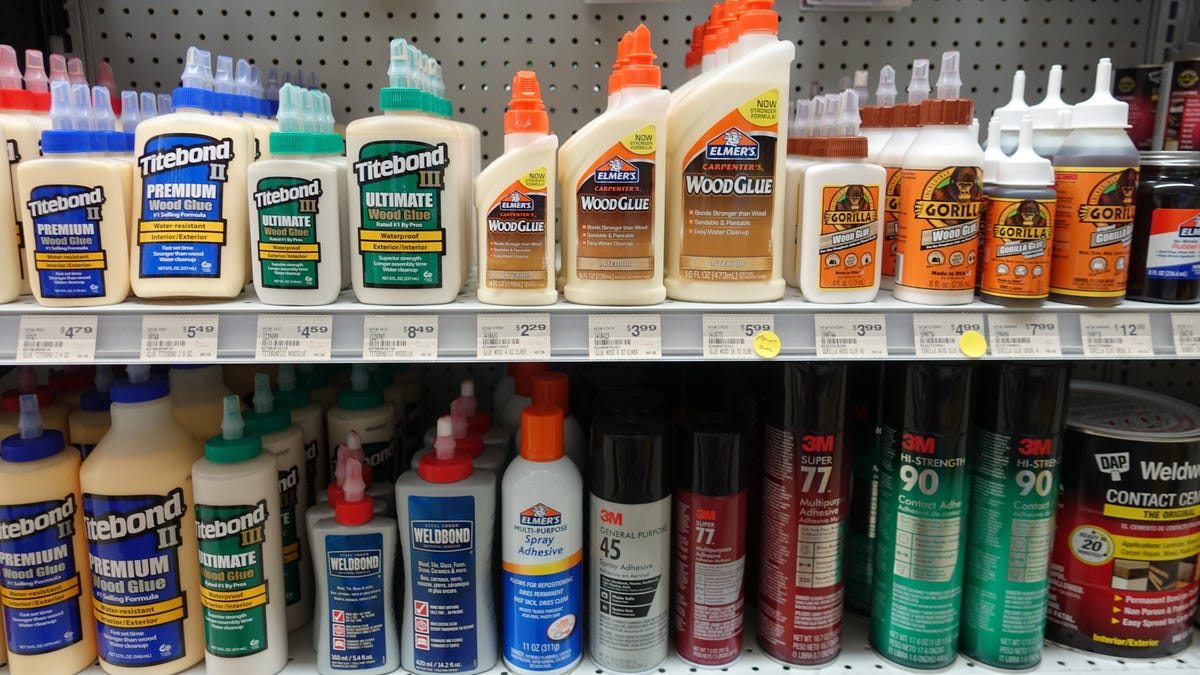The Difference Between Contact Cement and Rubber Cement
Walk into any hardware, big-box, or craft store, and you’ll find an aisle (or at least part of an aisle) full of different types of adhesives. Having so many options can be overwhelming, and it may be tempting to...


Photo: Joni Hanebutt (Shutterstock)
Walk into any hardware, big-box, or craft store, and you’ll find an aisle (or at least part of an aisle) full of different types of adhesives. Having so many options can be overwhelming, and it may be tempting to use super glue for everything, and hope it works. And maybe, so far, it has. But there’s no reason to limit yourself to a single glue.
Though we’re not going to talk about all of them here, we will be looking into two common adhesives: Contact cement and rubber cement. Here are some of the key differences between the two, and when to use each.
What’s the difference between contact cement and rubber cement?
Let’s start with the basics:
Contact cement, also known as contact adhesive, creates a flexible, permanent, water-resistant, heat-reistant bond when it dries, and can be used on most materials. This solvent-based adhesive must be applied on both surfaces being bonded together.
Rubber cement creates a strong, flexible, semi-permanent bond between flexible materials (e.g. vinyl, fabric, rubber), or on more delicate projects involving paper. This water-based adhesive can be applied on one or both surfaces being bonded together.
When to use contact cement vs. rubber cement
Not sure which adhesive is the best choice for your project? Here’s when to use each:
Contact cement
Projects with a large surface area (e.g. adhering vinyl flooring or linoleum to subfloors)Metal-to-metal bondingReattaching a tile to the wall or floorSealing leaksBonding veneer or laminate to wood surfacesMinor shoe repairsLeather-workingBonding glass to other materialsAttaching upholstery and trim in car interiorsAdhering laminate, metal, or solid surface countertops to base cabinetsUse it in liquid form for connecting porous materials like wood or corkUse it in paste form for non-porous materials like plastic or metalRubber cement
Most arts & crafts projects (e.g. attaching two paper items)Minor household repairs involving plastic, metal, wood, or rubberWorking with delicate materials like foil and fabricBookbinding and book repairMounting photographsBuilding small plastic or paper models of cars, planes, buildings, etcWhen in doubt, ask a staff member at a hardware or craft store what type of adhesive would be best for your project.

 ValVades
ValVades 






























